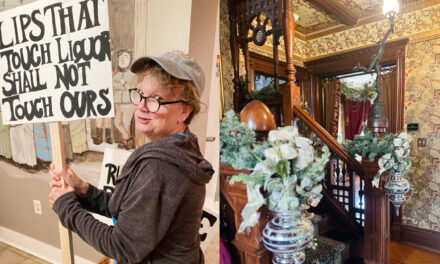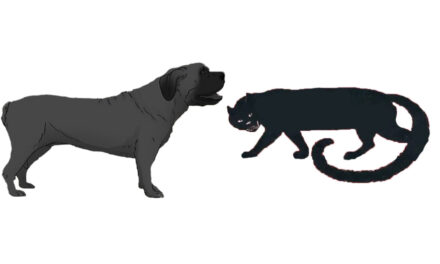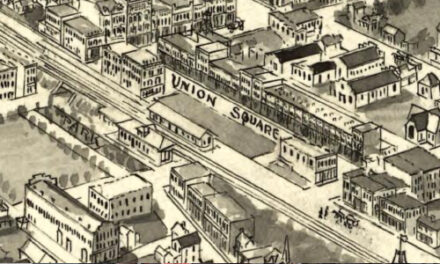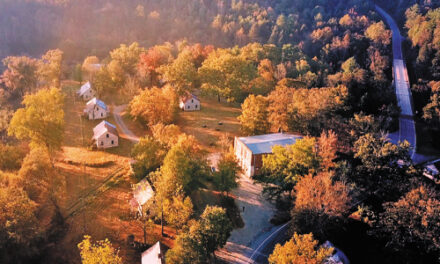
Catawba Valley Community College is the name we all use to describe the institution down on Highway 70, right? Some have other names like “Harvard on the Highway,” or “Walmart U.” But if you find an early alum, they might have a different name for it. What today is CVCC actually started out as the Catawba County Industrial Education Center. The name reflected its intention to provide vocational training for students just coming out of high school, who were not going to college (at least not at that point), but who needed training to be able to go into a technical field. In those first classes some even came from area high schools to attend.
Those were the days when Bob Paap came to town to run the experimental facility. No one knew if the idea would stick but they began coursework in nine areas to help the county industrialize. Those concentrations were air conditioning and refrigeration, automotive/diesel instruction, electrical technology, laboratory technician, drafting, mechanical technician, sheet metal, knitting and loom fixing, and upholstery cutting and sewing. Only courses that helped students in those areas were offered.
The idea took off. Paap’s Industrial Ed Center grew quickly. Groups from other states came to Hickory to see how the school operated with the intention to set up similar institutions back home. The year the first graduating class left the IEC for a full time job in 1962, the state of North Carolina began to merge the idea of industrial training schools with the junior college concept. Plus, “training schools” had a bad reputation. Popular thought saw them much like a reform school, a place juvenile offenders went for punishment. A year later, The Catawba County Industrial Education Center was renamed Catawba Valley Technical Institute.
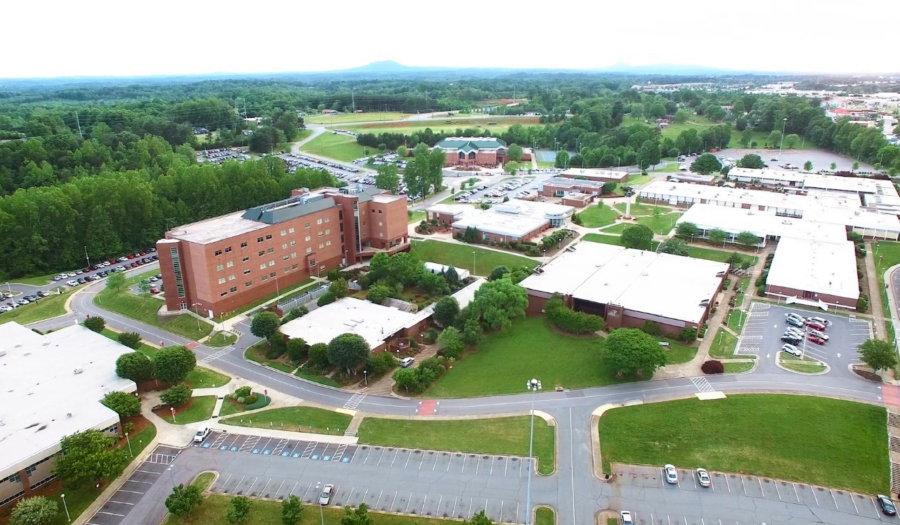
CVCC campus
That’s when local folks began calling it “the Tech.” Some still do. Students embraced the name, calling their yearbook the Catvatechi, a smashup of the new name. Throughout the rest of the 60s and most of the 70s, the Tech developed its workforce training. The school began offering English and Math courses that would help students in their chose field, but nothing would transfer.
By the late 70s, many schools like CVTI began to realize they were losing out of funding because they were not a “college.” During that era, the Tech was growing dramatically. Both an east and west wing had been added. Furniture technology had its own building. The school bought more land to plan for future growth. In 1979, with the prodding of the state community college system, the school altered the name again, slightly. Swapping institute for college, it became CVTC. Still, with “tech” in its name, folks continued to use the old moniker.
More support courses were added, but most four-year schools would still not accept course credits from Catawba Valley Technical College. A deal was struck with Appalachian State, then Lenoir-Rhyne, to convert classes taught on the quarter-system into semester-length courses. It wasn’t until 1988 that the school made ifs final name change, becoming Catawba Valley Community College, reflecting the fact that the institution had grown into a full service facility.
It’s permanence assured, the “tech” name come and gone, CVCC offered a full slate of transferable, curriculum courses and took its place as an important source of education for Catawba County. The school currently ranks 13th in size within the 58 community college system and offers a number of unique training opportunities that have allowed Catawba Valley Community College to enjoy a reputation within the system as an innovator. The new Workforce Solutions Center gets the school back to its roots as an industrial education center, but in the ensuing 60 years it has expanded to serve many needs.
If Catawba Valley Community College has impacted your life, as a student, instructor, or someone who sees the benefit of the institution to our area, please share your experience. Go to cvcc.edu/historyofcvcc to write a remembrance. We plan to debut the book next spring to coincide with the 60th anniversary of the school’s first graduating class.
Using a Smart Phone or other device, scan the qr code to open the History of CVCC survey in a browser.

